
From Billions to None: The Passenger Pigeon's Flight to Extinction(2014)
For thousands of years they filled the skies. On September 1, 1914 they disappeared forever.
The passenger pigeon, the most abundant bird species in North America for thousands of years, became extinct by human hands in a geologic heartbeat. Its story remains relevant to conservation challenges today, and there are even plans for its possible revival. Rare archival material, CGI animation, and aerial cinematography combine to recreate the awe-inspiring nature of these birds.
Movie: From Billions to None: The Passenger Pigeon's Flight to Extinction
Top 1 Billed Cast
Narrator
Video Trailer From Billions to None: The Passenger Pigeon's Flight to Extinction
Similar Movies
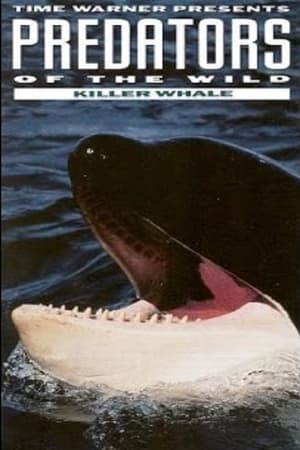 0.0
0.0Predators of the Wild: Killer Whale(en)
This video examines the killer whale, one of nature's greatest predators. It is part of a multi-volume Time Warner series that markets the ferocious, killing aspects of various wild animals.
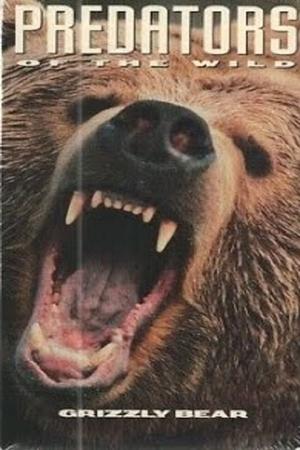 0.0
0.0Predators of the Wild: Grizzly Bear(en)
This video examines the grizzly bear, one of nature's greatest predators. It is part of a multi-volume Time Warner series that markets the ferocious, killing aspects of various wild animals.
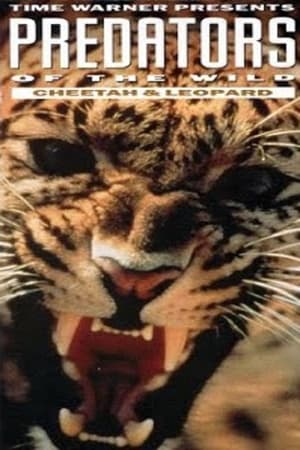 0.0
0.0Predators of the Wild: Cheetah and Leopard(en)
Cheetah and Leopard... no animal can match the intensity of their power and grace. On the horizon, the next victim draws near, crouched in the grass, senses honed, an explosive rush, claws extend and then the final clamp of fangs in a jugular embrace. Discover what separates these predators from all others. The cheetah, the ultimate tactician, single minded in its abandon for the lightning-fast gazelle. And the leopard, an invincible opportunist lying in wait for the unwary. Both driven by pure instinct and the constant pressure to kill.
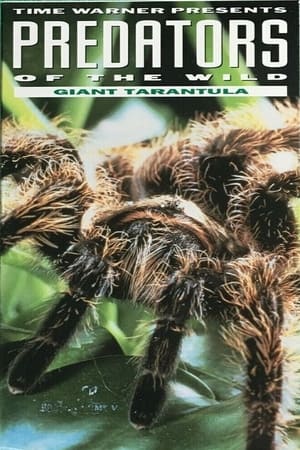 0.0
0.0Predators of the Wild: Giant Tarantula(en)
The secrets of the maligned and misunderstood tarantula are brought to light in the Discovery Channel's Predators of the Wild series portrait of the Giant Tarantula. The film presents an intimate look at the largest and most venomous spider species in the world. Shot on location, viewers observe the tarantula close-up as it waits in its 3-foot burrow until its prey of insects, frogs, snakes, birds and rodents come along. Footage also captures the tarantula's deadly mating ritual.
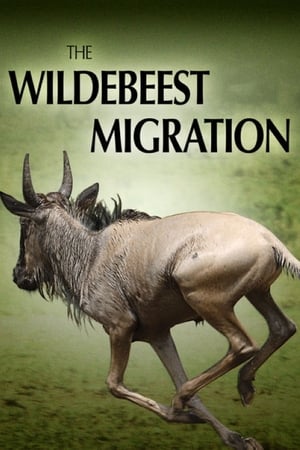 10.0
10.0The Wildebeest Migration: Nature's Greatest Journey(en)
Every year, on the steppes of the Serengeti, the most spectacular migration of animals on our planet: Around two million wildebeest, Burchell's zebra and Thomson's gazelles begin their tour of nearly 2,000 miles across the almost treeless savannah. For the first time, a documentary captures stunning footage in the midst of this demanding journey. The documentary starts at the beginning of the year, when more than two million animals gather in the shadow of the volcanoes on the southern edge of the Serengeti in order to birth their offspring. In just two weeks, the animal herd's population has increased by one third, and after only two days, the calves can already run as fast as the adults The young wildebeest in this phase of their life are the most vulnerable to attacks by lions, cheetahs, leopards or hyenas. The film then follows the survivors of these attacks through the next three months on their incredible journey, a trip so long that 200,000 wildebeest will not reach the end.
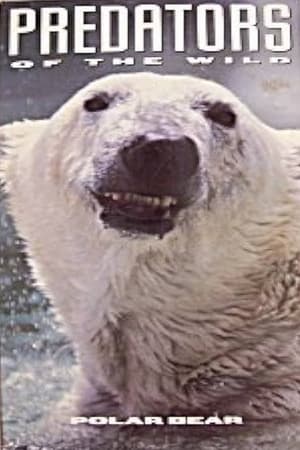 0.0
0.0Predators of the Wild: Polar Bear(en)
Polar bear… immensely powerful, ferociously cunning, lethally equipped for devastating exploitation of its frozen realm. Legendary for its endurance, hunting prowess and awesome strength, it is the largest and most formidable land predator of the planet’s most brutally unforgiving environment. Venture into the trackless Arctic wastes to witness the uncanny survival strategies developed by this magnificent creature – tactics honed to a killing edge during 250,000 years of adaptation to its icy kingdom. See why the largest of these fearsome bears, weighing more than two full-grown lions, stands as the undisputed predatory monarch of a pristine, unconquered land where man still ventures at his peril.
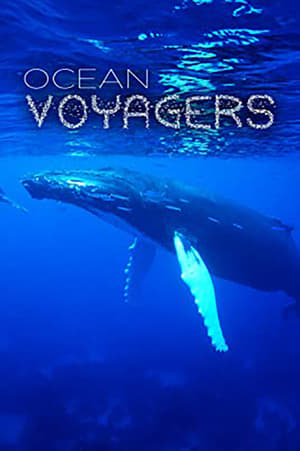 7.0
7.0Ocean Voyagers(en)
Ocean Voyagers explores the familiar themes of motherhood and parenting in a world as unfamiliar as it is breathtaking. Featuring a precocious newborn humpback calf and his enormous 40 ton mother, we are taken on a journey of discovery into their world.
 0.0
0.0National Geographic Ultimate Shark(en)
See the world's first MRI scan of a great white shark as Ultimate Shark reveals the extreme engineering and predatory abilities of one of nature's most near perfect predators. Hear firsthand accounts of people who survived harrowing encounters, including a surfer who was bitten on the arm and leg, towed by the surfboard ankle strap and miraculously escaped only with minor injuries. National Geographic demystifies the true motives and power behind their behavior.
 7.5
7.5Chronos(en)
Carefully picked scenes of nature and civilization are viewed at high speed using time-lapse cinematography in an effort to demonstrate the history of various regions.
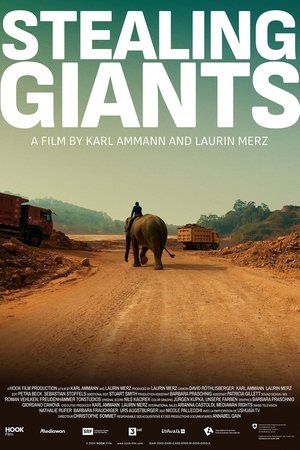 0.0
0.0Stealing Giants(de)
For decades, animal rights activist and filmmaker Karl Ammann has been documenting the illegal wildlife trade. In the company of director Laurin Merz, this investigative journey takes us to Namibia, where 22 elephants are captured and then airlifted in a cargo plane to zoos in the United Arab Emirates.
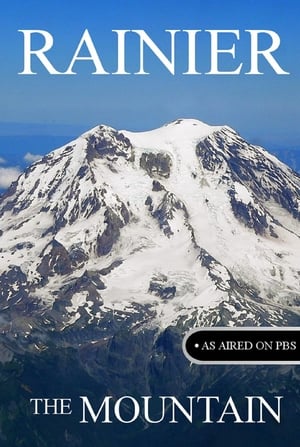 0.0
0.0Rainier the Mountain(en)
In this retrospective tribute, acclaimed filmmaker Jean Walkinshaw hails the 100th anniversary of Mount Rainier National Park in Washington by talking to those who know it best: the scientists, naturalists, mountain climbers and artists whose lives have been touched by the peak's far-reaching shadow. The result is a harmonious blend of archival material and high-definition footage celebrating an icon of the Pacific Northwest.
Capturing the Killer Croc(en)
Over a 10-year period, more than 200 people have disappeared from the area surrounding Tanzania's Lake Tanganyika. At first, the disappearances were attributed to a serial killer or tribal warfare, but scientists eventually discovered that the culprit was a huge, nearly 100-year-old crocodile dubbed "Gustave." This fascinating PBS documentary chronicles scientists' efforts to trap Gustave and move him to a nature preserve before he strikes again.
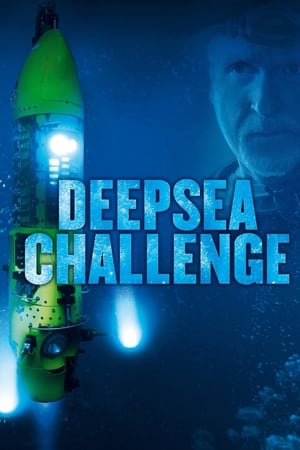 6.6
6.6Deepsea Challenge 3D(en)
Described as being a film about determination, danger and the ocean’s greatest depths, James Cameron's "Deepsea Challenge 3D" tells the story of Cameron’s journey to fulfill his boyhood dream of becoming an explorer. The movie offers a unique insight into Cameron's world as he makes that dream reality – and makes history – by becoming the first person to travel solo to the deepest point on the planet.
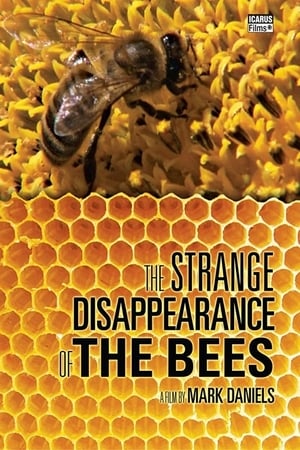 4.2
4.2The Strange Disappearance of the Bees(fr)
Investigation into a global ecological disaster that could endanger the entire human race. Today, a third of our food depends directly on bees, the most important agricultural pollinator* on our planet. Yet, for several years now, millions of bees have been mysteriously disappearing. Why? Will we be able to cope with this predicted catastrophe?
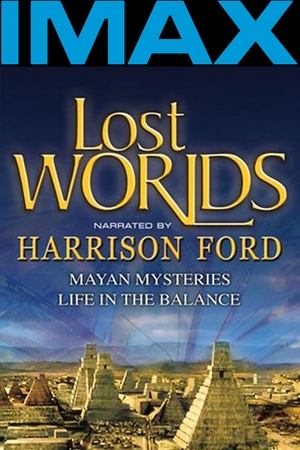 5.0
5.0Lost Worlds: Life in the Balance(en)
Lost Worlds looks at untouched aspects of nature in parts of the world where humans rarely tread. From plants, to animals, to geology, this artfully photographed documentary presents facets of the biological world that you are not likely to see anywhere else.
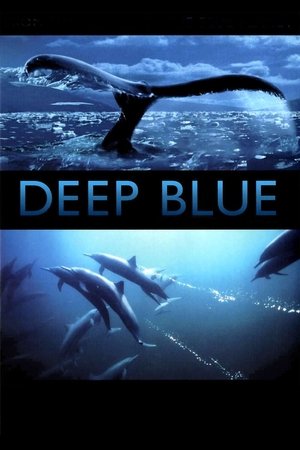 6.8
6.8Deep Blue(en)
Deep Blue is a major documentary feature film shot by the BBC Natural History Unit. An epic cinematic rollercoaster ride for all ages, Deep Blue uses amazing footage to tell us the story of our oceans and the life they support.
 7.1
7.1The Cat: A Cuddly Killer(fr)
Cats are cuddly felines and lovely pets, but also highly evolved predators that hunt huge amounts of small mammals, birds and reptiles; perfect killing machines that threaten delicate ecosystems around the world.




